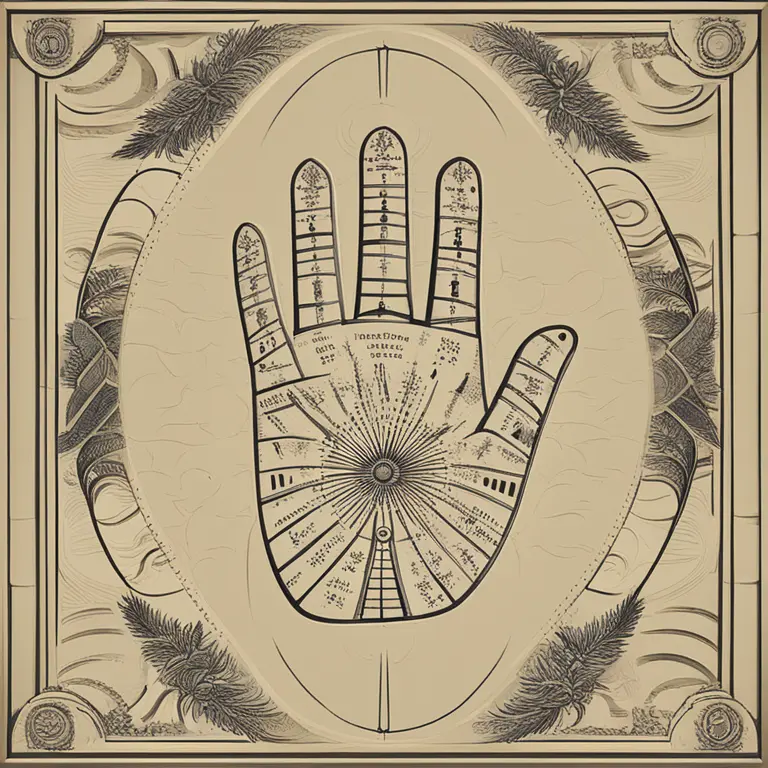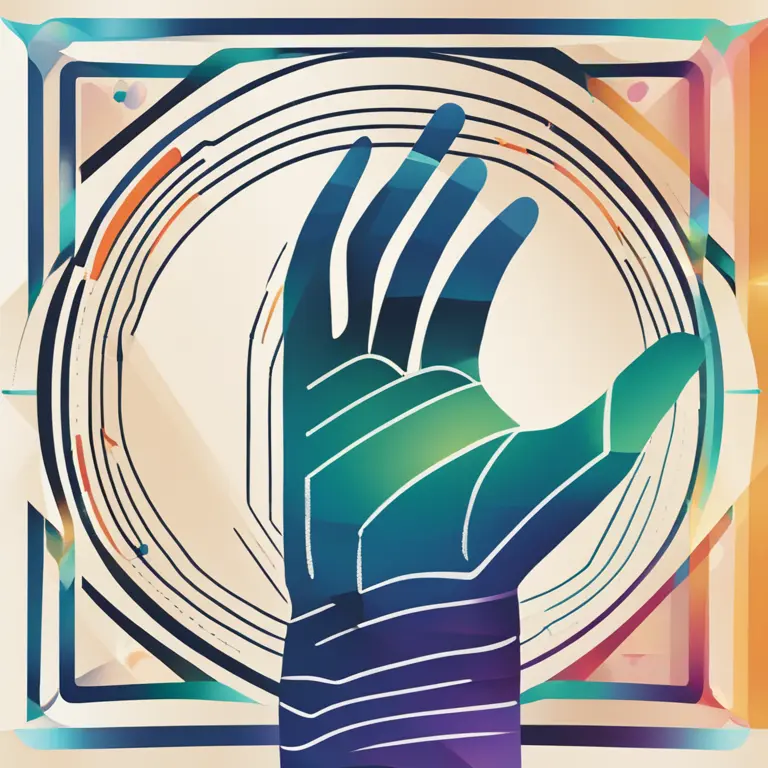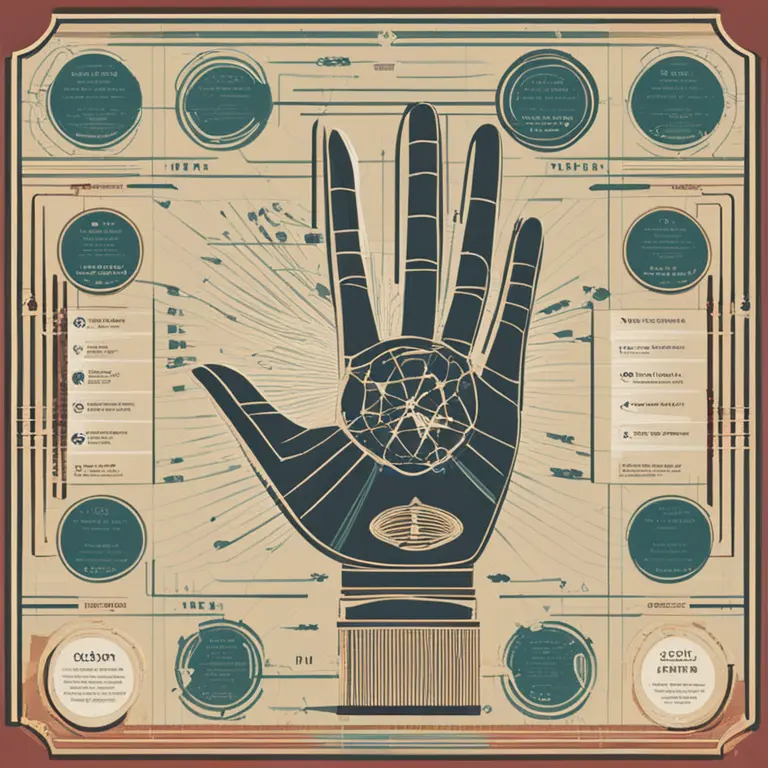
The Effectiveness of Palmistry: Myth or Reality?
An in-depth look at the practice of palmistry and its effectiveness, shedding light on whether it can truly provide insights into personality and destiny.
article by Nora Pennington
Introduction to Palmistry
Palmistry, or chiromancy, is an ancient practice that seeks to interpret character traits, future events, and personal destiny through the lines and features found on the palm of the hand. Its origins can be traced back to various cultures, including Indian, Chinese, and Egyptian civilizations. Despite its historical roots, the major question persists in modern times: Does palmistry hold any scientific credibility? In the age of data-driven analytics and evidence-based practices, the place of palmistry within our daily lives becomes an intriguing point of discussion.

Palmistry’s Methodology
Palmistry practitioners posit that the lines on one's palm, the size and shape of the hand, as well as the structure of fingers and nails, encapsulate valuable personal insights. The heart line, head line, life line, and fate line are the primary focal points that supposedly reveal information about love, intellect, vitality, and destiny. Proponents claim that each individual's unique palmar patterns serve as a personal blueprint of their experiences and predispositions.

Scientific Scrutiny
The scientific community generally regards palmistry as a pseudoscience, lacking empirical evidence and the ability to produce consistent, repeatable outcomes. Critics point to studies that fail to show significant predictive ability or correlation between palm features and individual characteristics. They emphasize that human psychology is complex, and it's unlikely that the palm could reliably reflect the intricacies of personality or future events. Moreover, the Forer effect—where individuals believe vague, general statements to specifically apply to them—often contributes to palmistry’s perceived accuracy.

Cultural and Psychological Aspects
Despite skepticism, palmistry continues to fascinate and attract individuals who seek self-understanding and foretelling of fortunes. From a cultural standpoint, palmistry is interwoven with various traditions, and its endurance can be attributed to its cultural significance rather than empirical support. Psychologically, the practice can provide comfort, foster self-reflection, and serve as a tool for introspection, which for some may validate its utilization.

Modern-Day Reception
As we move further into the 21st century, the accessibility of information via the internet has allowed palmistry to find its niche in the digital age. Online platforms and applications offering palmistry services have brought renewed interest among younger demographics seeking to explore mystic traditions. While its popularity endures, the onus lies on the consumer to discern the entertainment value from genuine personal insight when engaging with digital palmistry offerings.
Conclusion
In conclusion, whether palmistry works depends largely on one's perspective and what they seek to obtain from the practice. While it lacks scientific backing, its value may come from a psychological or cultural standpoint—a medium through which individuals find meaning and comfort. As interest in alternative and holistic approaches to self-knowledge continues to grow, palmistry is likely to remain a topic of curiosity and personal exploration well into the future.
Published: 1/11/2024
Modified: 1/12/2024
More predictions
Come back here soon to learn more about yourself and your future


Can Palmistry Predict Your Path Incorrectly?
Delving into the accuracy of palm readings, this article examines whether palmistry can lead to incorrect predictions about one's life and destiny.


The Efficacy of Palmistry: Real Insight or Fancy?
Delve into the validity of palmistry as a form of divination. Is there a truth behind the lines on our palms, or is it just a charming fancy?


The Ancient Art of Vedic Palmistry
Discover the ancient art of Vedic Palmistry and its practice in the modern era, revealing the secrets held within the lines of the hand.